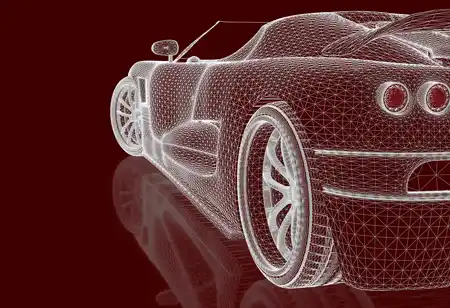THANK YOU FOR SUBSCRIBING
THANK YOU FOR SUBSCRIBING
Be first to read the latest tech news, Industry Leader's Insights, and CIO interviews of medium and large enterprises exclusively from Auto Tech Outlook

By
Auto Tech Outlook | Tuesday, September 19, 2023
Stay ahead of the industry with exclusive feature stories on the top companies, expert insights and the latest news delivered straight to your inbox. Subscribe today.
V2X technology–expected to be prevalent in 95 per cent of new cars by the end of the decade–enables the communication between vehicles, pedestrians, and infrastructure, optimising traffic, enhancing safety, enabling autonomous driving, and improving resource usage. Over-the-air updates play a crucial role in software-defined vehicles, offering continuous enhancements and remote issue resolution.
FREMONT, CA: With further advancements in AI and edge computing, vehicle-to-everything (V2X) technology is predicted to be used in 95 per cent of new cars by the end of the decade.
To deploy V2X-based systems, all users need to possess communication devices capable of transmitting and receiving data. These devices encompass IVI systems installed in cars and motorcycles, onboard computers integrated into bicycles and scooters, as well as smartphones and wearable devices. The information that is received is presented on the screens of smart connected cars, in the user interfaces of infrastructure management systems, and mobile applications for different devices. The data is created by sensors that are installed in mobile devices for pedestrians, in vehicles, and also in infrastructures such as cameras or traffic lights.
There are various important aspects of V2X technology.
Traffic Optimisation: Information obtained about the condition of traffic lights, repairs, and road closures will aid in choosing the most suitable routes and liberate urban highways.
Safety: Pedestrians and vehicles that are connected exchange real-time data that helps in avoiding dangerous situations. Information interchanged includes the location of the vehicle, the speed at which it was travelling, or even emergency state or blind spot detection.
Autonomous Driving: By interacting with infrastructure and transformation, autonomous vehicles can make more precise and suitable decisions, prevent accidents, and optimise driving routes.
Effective Resource Usage: Drivers operating connected cars with internal combustion engines can select optimal routes to maximise fuel efficiency, while owners of electric vehicles can conveniently locate and utilise nearby charging stations during periods of high demand, enabling more efficient use of resources.
Development of Urban Mobility: V2X technology is predicted to offer improved coordination of urban transport and also provide real-time data on traffic situations, schedules of public transport vehicles, and the availability of free parking. It will decrease the reliance on private cars and boosts overall mobility within the city.
Over-the-air Upgrades for Software-Defined Vehicles
Enhance the capabilities of software-defined vehicles throughout their lifespan through software development and over-the-air updates (OTAs). Manufacturers can provide a wide spectrum of services through software-defined communications with the vehicle including safety features and personalised entertainment systems.
The new features in the over-the-air upgrades function through sensor fusion and individual sensors, such as radars, cameras, and LiDARs. As manufacturers continue to design and create more features, the amount of software and sensor platforms for cars will only continue to grow.
Software over-the-air (OTA), which enables individuals to tune and monitor performance, resolve issues remotely, and provide fixes without bringing back cars, will become critical. The use of over-the-air programming prevents around 40 per cent of vehicle recalls.
Presently, OEMs are opting to create their software in-house, engage in collaboration with established off-the-shelf solution providers, or outsource development to companies that offer ASPICE-compliant software engineering services.
 Copyright © 2025 AutoTech Outlook. All Rights Reserved | Privacy Policy | Subscribe | Sitemap | About us | Feedback Policy | Editorial Policy
Copyright © 2025 AutoTech Outlook. All Rights Reserved | Privacy Policy | Subscribe | Sitemap | About us | Feedback Policy | Editorial Policy 



